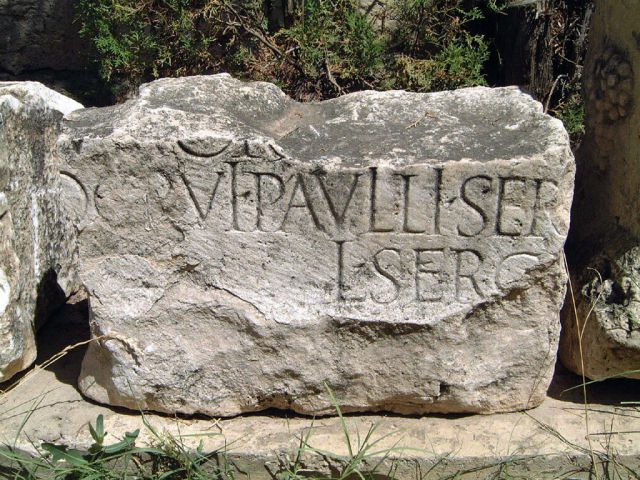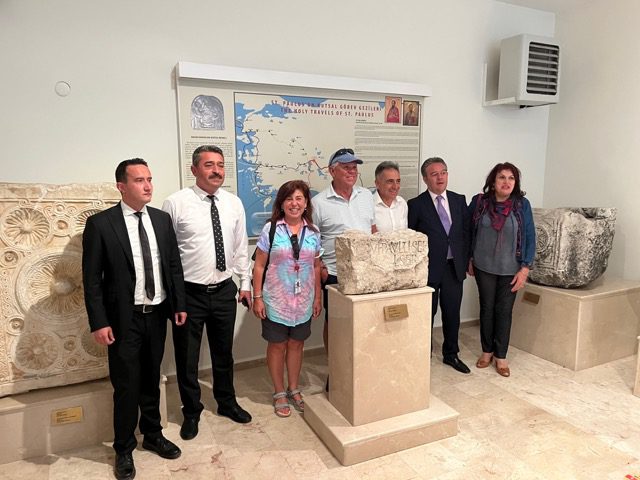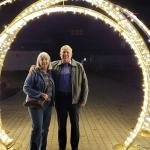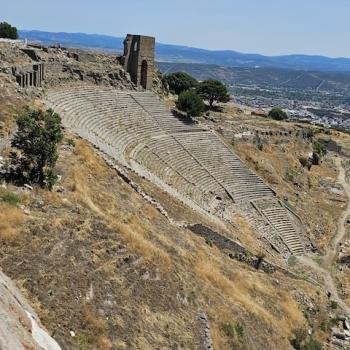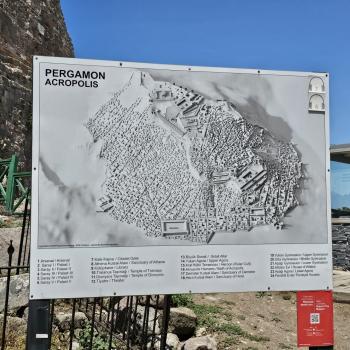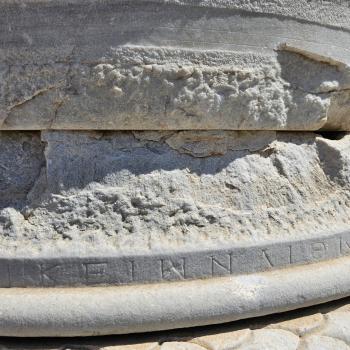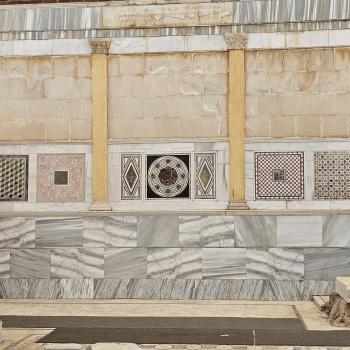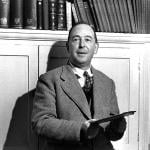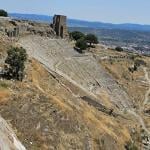I’ve been doing these forms of communication for more than twenty years now. One thing I’ve noticed repeatedly. Those who rely on the free information they can get from these sources, without doing any real research themselves, are subject to all sorts of misinformation and disinformation. Yes, there are some free sites on the web which usually provide reliable information, for instance Wikipedia is usually reliable, but it is also subject to constant revision and correction by experts, unlike many other sources of free information. Unfortunately, what the internet has done is convinced a lot of people that they need not invest in education, since they can get it all free. This is pure mythology. There is still some truth to the old cliches—‘you get what you pay for’ and also, ‘if you thing real education is expensive, try ignorance’.
Let me give you a personal example. Sometime ago Mark Wilson and I discovered an honorific inscription on a stone in the courtyard of the Yalvac Museum (i.e. the town where Pisidian Antioch was in Turkey). Here is the stone as we found it in the courtyard…
And here it is today being proudly displayed in the museum itself. We told the curator it needed to be in the museum since it’s of relevance to the study of Paul’s visit to Pisidian Antioch on his first missionary journey. Little did Mark and I know that some ‘expert’ from Ankara came down, and misidentified the stone, claiming it mentioned St. Paul and that it was a sixth century Byzantine inscription . Here is a picture of our more recent visit to the little museum, where my guide Meltem Chiftchi and I were asked to pose with the Mayor, the curator and other dignitaries as they unveiled the stone, with a map of Paul’s journeys in the background. There was a camera crew present for the event as well, which were primarily there to film the art exhibit on display in the hallway.
You will notice that the curator at the far left in the picture is not smiling. This is because we had just informed him the stone is misidentified on the plaque beneath the stone. In the first place, the inscription is clearly in Latin, not 6th century Byzantine Greek. In the second place, it is referring to the Paulii family, including one Sergius Paulus, who when Paul went to Pisidian Antioch was governor of Cyrus, but clearly his family has this honorific inscription here in Yalvac. On top of which, another inscription found by Ramsay nearby mentions a man we would call Sergius Paulus Jr. the son of the famous governor. Clearly the family was from this place. There is much more to say about this, and I have done so in my BAR presentation last month entitled—‘A Funny Thing Happened on the way to Antioch’. The bottom line is this— this stone helps explain why in the world Paul and Barnabas would hike 120 miles from Perge on the coast over steep mountains to get to this small town and evangelize it.
They could have much more easily simply followed the coastal road to Side, Tarsus, and back to Syrian Antioch, evangelizing as they went. But no, they hiked all the way to Pisidian Antioch, the home of the governor they had just met and impressed with the Gospel and with a miracle. Why? The simple answer is probably the governor gave them a letter of reference or commendation so they would be received there, and you will notice in Acts 13 they are very well received at their first encounter by the Gentiles there in particular, and are invited to speak a second time, when the Jews objected and Paul and Barnabas had to move on. In other words, this stone and other evidence makes clear the connection between the visit to the governor in Paphos, and the arduous hike to his hometown in Pisidian Antioch. Notice as well that Paul and Barnabas are not said in Acts 13 to spend any time in Perge when they get there, but go right through town to the Roman road heading north—next stop Pisidian Antioch.
I do not blame the curator for not knowing or correcting the ‘expert’ from Ankara who misidentified the stone, but it reminds us that nowadays, anyone can claim to be an expert in something they aren’t an expert in, simply because they’ve published something on the internet. In Biblical studies, all claims and source materials need to be critically evaluated by people who really do know their subject matter. Hopefully, as he promised, the curator has now corrected the problem and the wrong labeling of this important stone.


